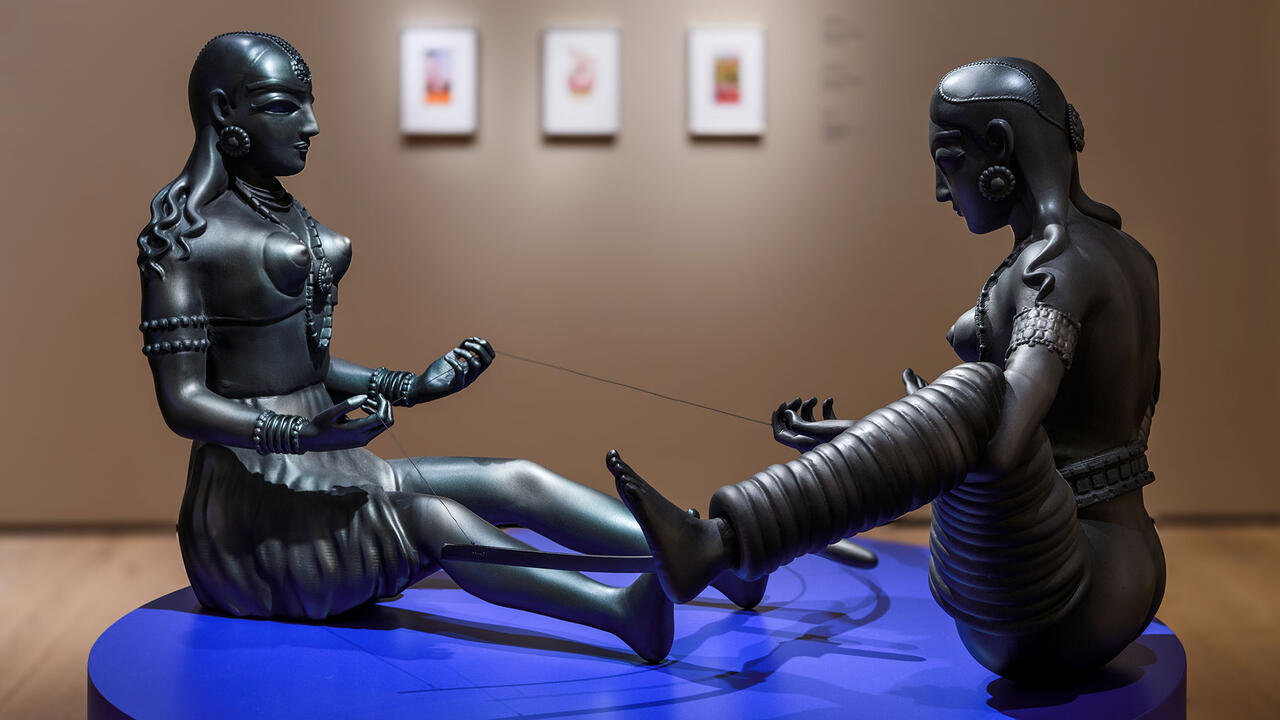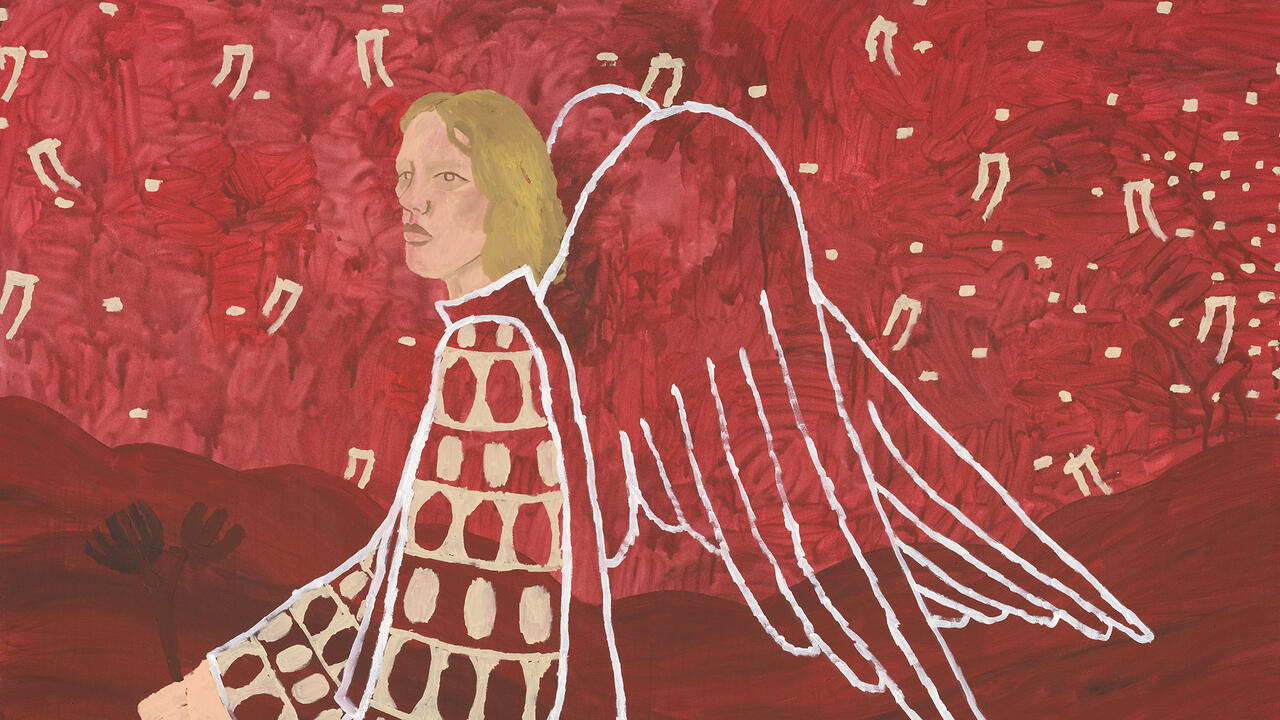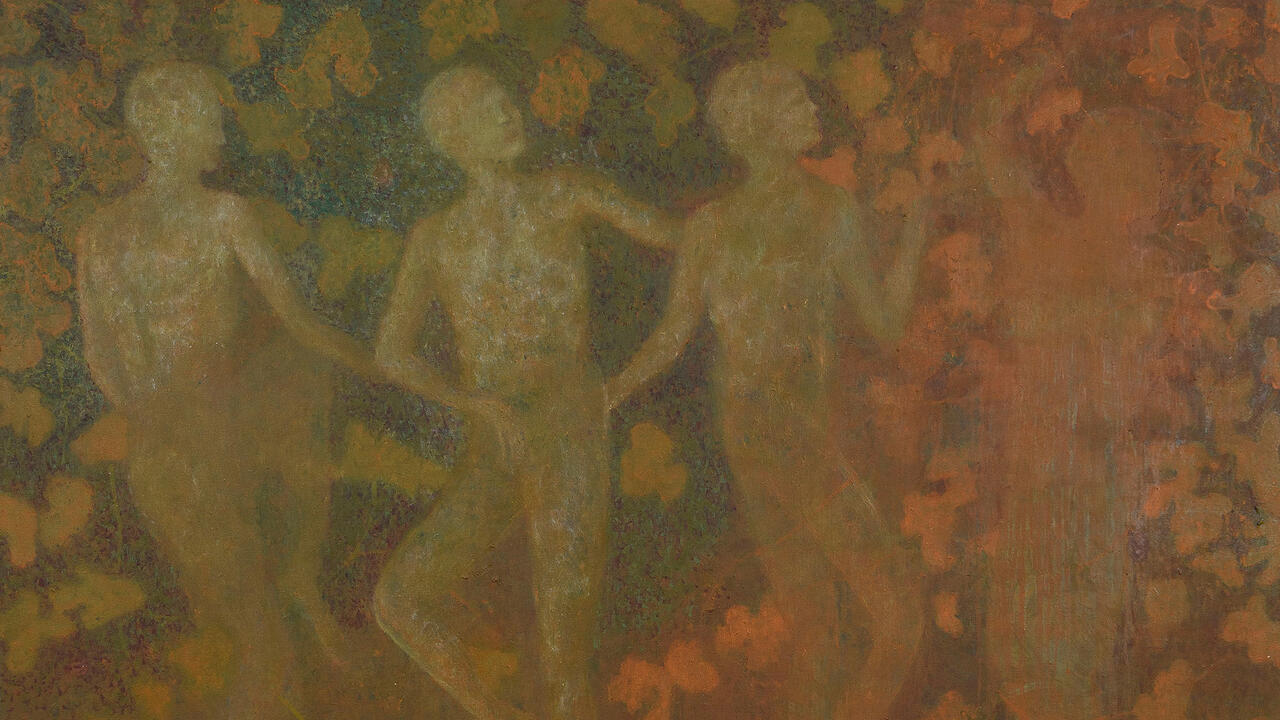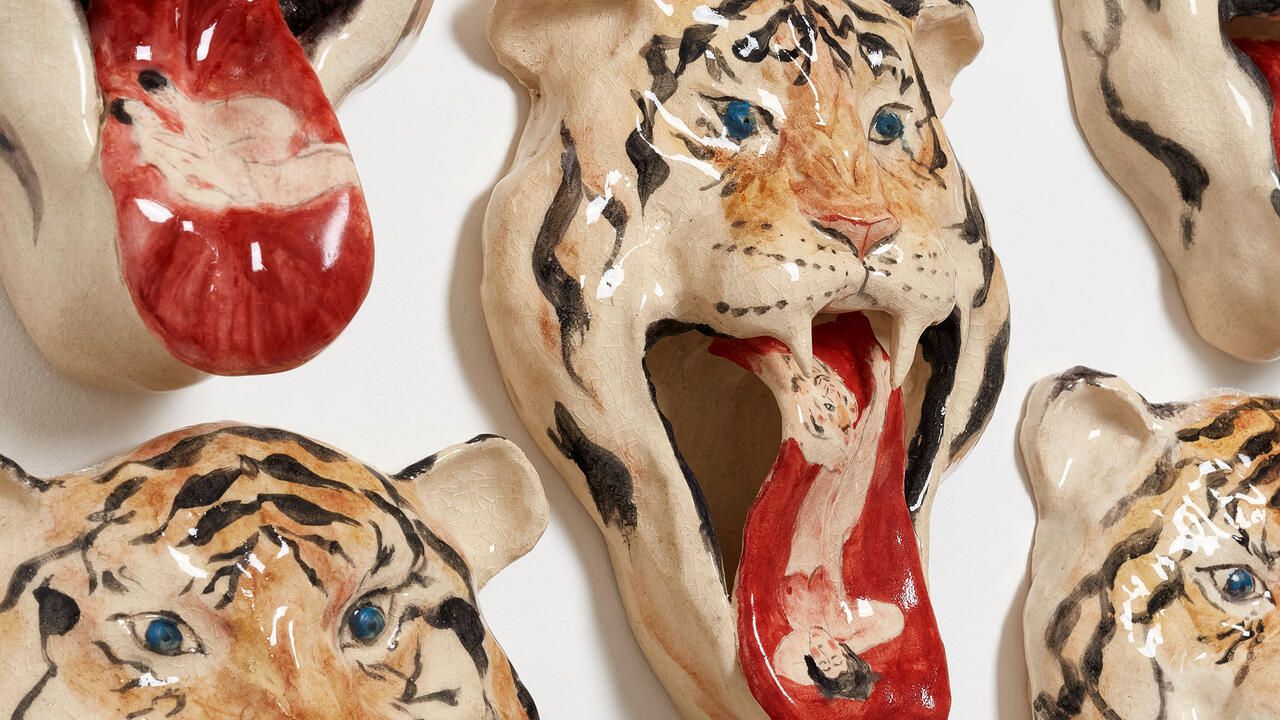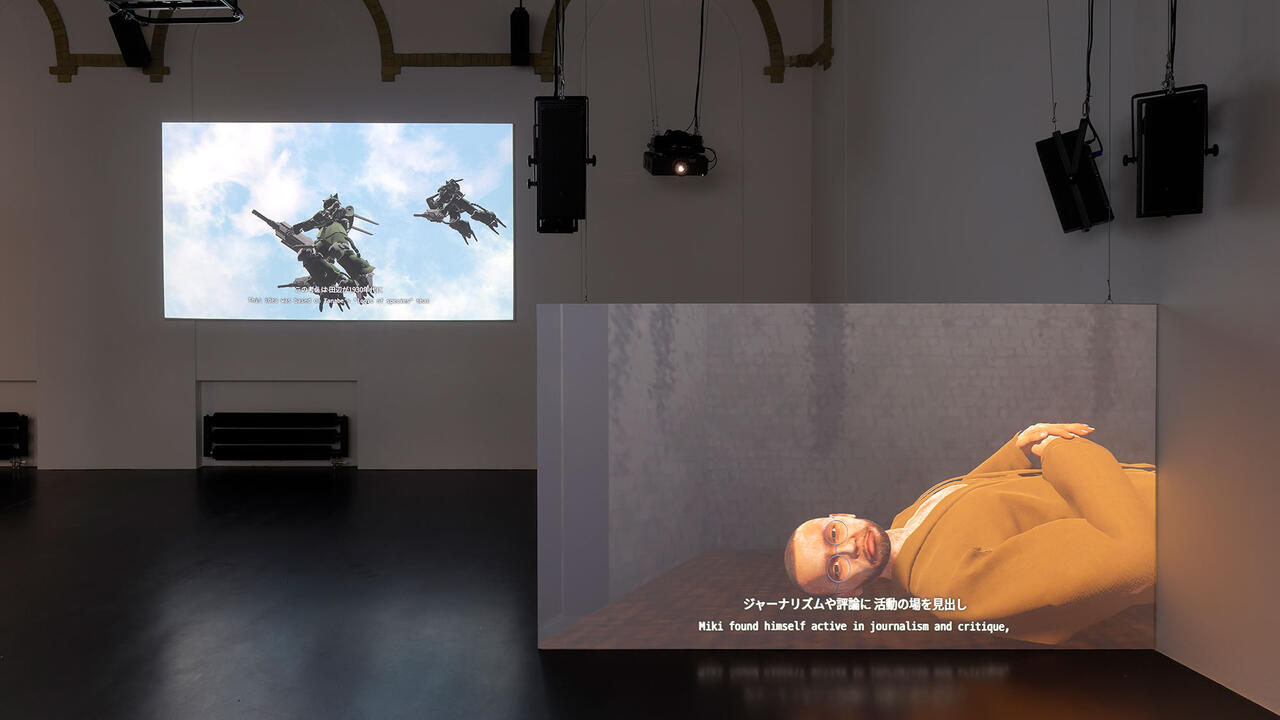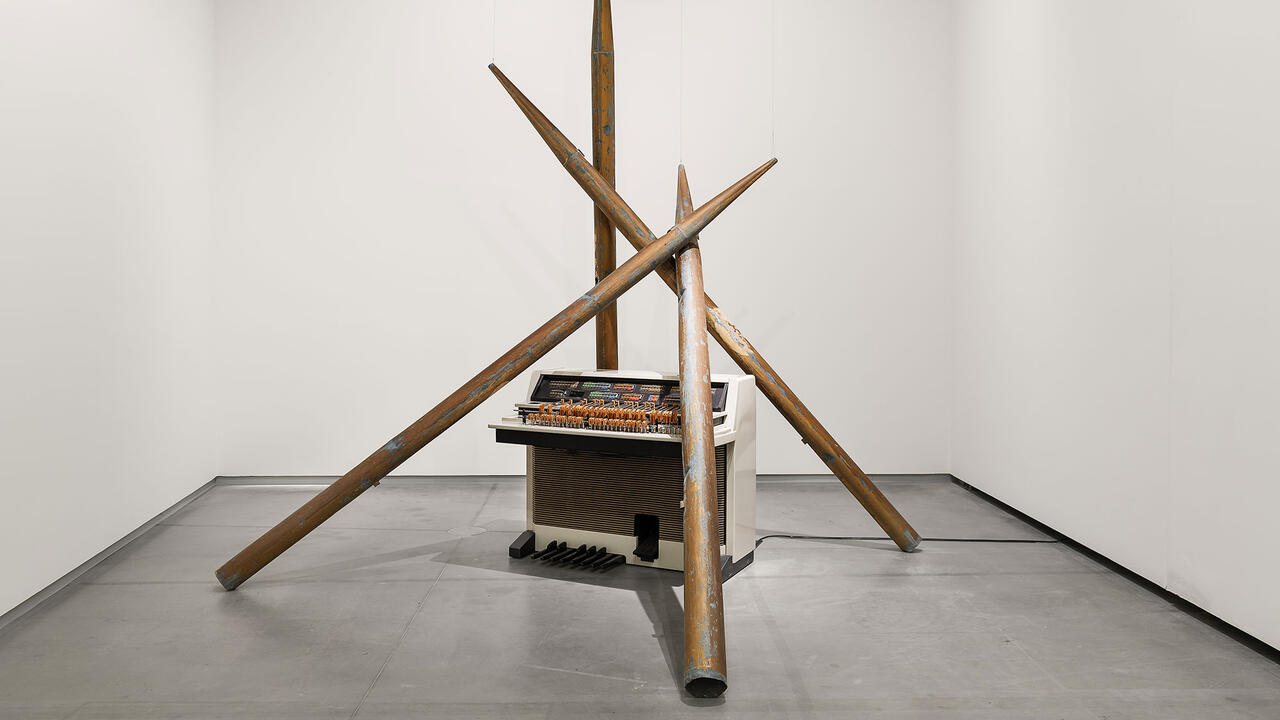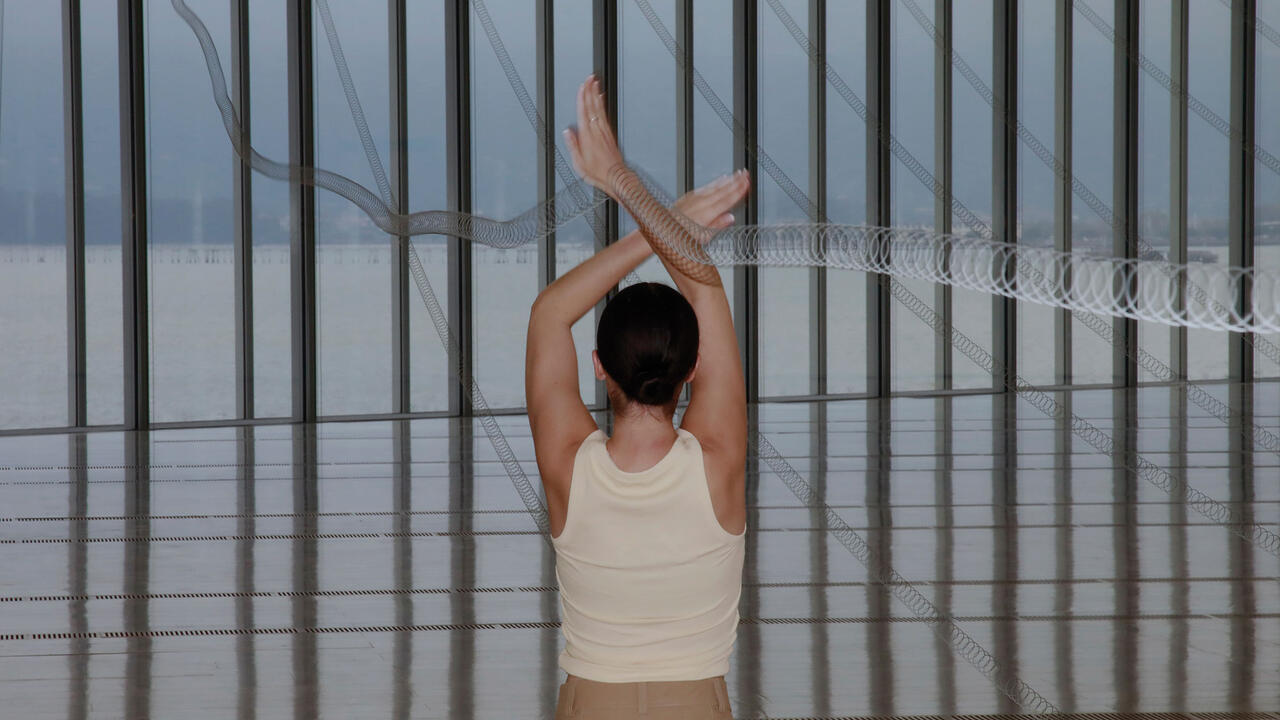Tora Schultz Cleans House
At Palace Enterprise, Copenhagen, the artist shines a light on gender bias in male design
At Palace Enterprise, Copenhagen, the artist shines a light on gender bias in male design

In her ground-breaking book, Invisible Women: Exposing Data Bias in a World Designed for Men (2019), Caroline Criado Perez details the countless ways in which women are living at a disadvantage. From smartphones to cars, many products have been developed without women in mind, leading to overarching negative consequences for nearly half the global population. ‘It’s affecting our ability to do our jobs effectively – and sometimes to even get jobs in the first place,’ argues Criado Perez. ‘It’s affecting our health, and it’s affecting our safety.’

Tora Schultz’s ‘D I R T Y’ – the artist’s first solo exhibition at Copenhagen-based Palace Enterprise – speaks to this gender bias by subtly reframing the tools that shape our everyday lives. A tower of red plastic trays, encased in a steel frame, takes centre stage. They’re the kind of dishwashing racks you might find in a school canteen; yet, the highest trays of Stratification (2022) are too high for any kitchen worker, let alone a female worker, who is typically shorter than their male counterpart, to reach. In manipulating the tower’s scale and recontextualizing its humble objects, Schultz mirrors the surrealist penchant for rendering the familiar strange. By doing so she highlights the problems that arise when such implements are developed without thought to different users, just as Criado Perez points out that many ordinary tools, like wrenches, are designed for the often larger, male hand.
Nearby, a diptych of black and white prints on aluminium depicts the inside of a car being washed (Wiper, 2022). In addition to the vehicle’s windscreen wiper, the work references the action of cleaning and returns our focus to the title of Schultz’s show – ‘D I R T Y’. A series of dark circles recalls Rosemarie Trockel’s hot plate works (e.g. Untitled, 1991), in which the German artist adopted the symbolic form of the electric cooker ring – reduced to a minimalist dot – to confront the nightmarish reality behind idealized notions of feminized domestic life. In turn, Stratification can be seen to allude to Donald Judd’s ‘stacks’ of uniform rectilinear units, such as Stack (Pile) (1972). These works share a searing red palette and, just as the number of units in Judd’s stacks is reduced to accommodate the equal spacing between units depending on the size of the exhibition space, Stratification has been built specifically to fit the height of Palace Enterprise. However, while Judd valued the box for its symbolic neutrality, Schultz’s plastic trays are far from impartial. If Judd’s stacks can be viewed as totems to the machismo of mid-century minimalism, Schultz’s are concerned with the gendered strata of society.

Finally, Face down Ass up (2021) features a Magnus Olesen-designed chair placed upside down on a table. Olesen’s furniture has been a staple of Danish schools since the 1980s and Schultz has previously used the Series 8000 chair as the inspiration for several works, including In Statua (2021). The design of the chair encourages students to sit in the same position, based upon a male model. Women, whose bodies do not align with this male template, are forced to sit awkwardly. Just as Schultz’s playful title conjures a dominant/submissive sexual encounter, the Olesen chair sees the female body submit to a default male design.

Schultz cites such quiet cases of oppression with devilish humour. Her juxtaposition of found and made objects draws our attention to the gender bias that surrounds us, echoing Criado Perez’s call to arms: ‘Designers may believe they are making products for everyone, but in reality they are mainly making them for men. It’s time to start designing women in.’
Tora Schultz’s ‘D I R T Y’ is on view at Palace Enterprise, Copenhagen, until 14 October 2022.
Main image: Tora Schultz, ‘D I R T Y’ , 2022, exhibition view, Palace Enterprise, Copenhagen. Courtesy: the artist and Palace Enterprise










